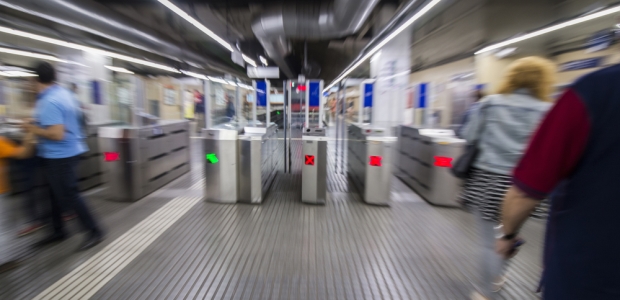
National Safety Plan Proposed for Public Transit Systems
Therese McMillan, acting administrator of the Federal Transit Authority, said the proposals "are about setting safety performance criteria and targets, voluntary minimum safety standards, and a means to communicate safety issues industry-wide."
Comments are due by April 5 on a new National Public Transportation Safety Plan proposed by DOT in a rulemaking that will require operators of public transit systems to adopt a Safety Management System approach to safety, as well as have their plans approved by a board of directors (or equivalent) and perform an annual review and update of the plan.
"Public transit systems are an essential transportation option for so many, and we must continue and even improve on their strong safety performance records," U.S. Transportation Secretary Anthony Foxx said as DOT proposed the rulemaking, which he said will "guide transit agencies in the development of comprehensive plans to manage risk and improve safety for the millions of people who use and work in public transportation every day."
Both the proposed rule and the proposed National Safety Plan were authorized by Congress in the Moving Ahead for Progress in the 21st Century Act in 2012 and reauthorized in the Fixing America's Surface Transportation Act in 2015.
Therese McMillan, acting administrator of the Federal Transit Authority, said the proposals "are about setting safety performance criteria and targets, voluntary minimum safety standards, and a means to communicate safety issues industry-wide."
The rule will require rail transit agencies to include an emergency preparedness and response plan that is consistent with existing regulations; transit agencies would be required to share their safety performance targets with Metropolitan Planning Organizations, while smaller transit agencies could to have their safety plan drafted and certified by the state in which they operate.
The proposed National Safety Plan sets voluntary minimum safety standards for public transportation vehicles in revenue service not otherwise regulated by another federal agency, including vehicle crashworthiness, fire-life safety, data recorders, and emergency lighting and signage, and it sets voluntary minimum safety standards to ensure the safe operation of rail transit systems, including use and prohibition of electronic devices, roadway worker protection, work zone protections on mainline tracks and in rail yards, operating rules compliance, and contractor responsibilities.